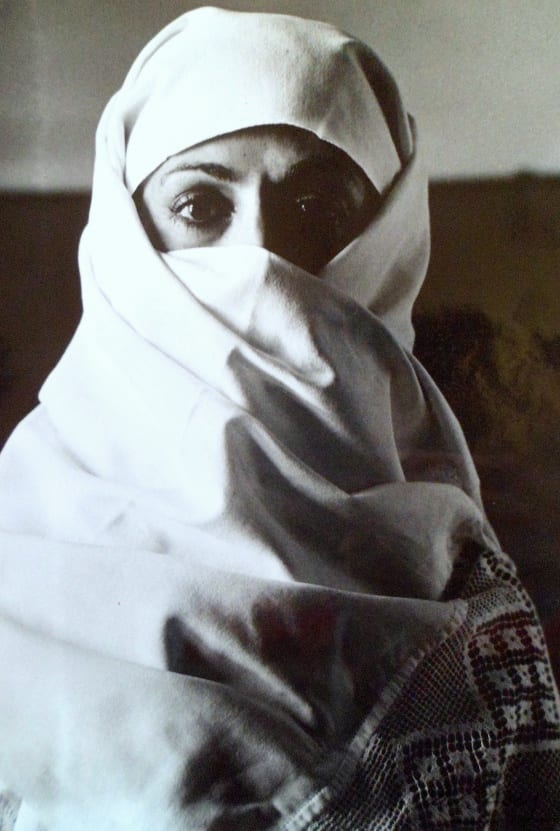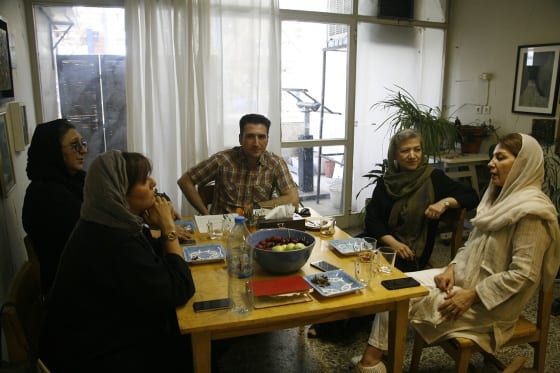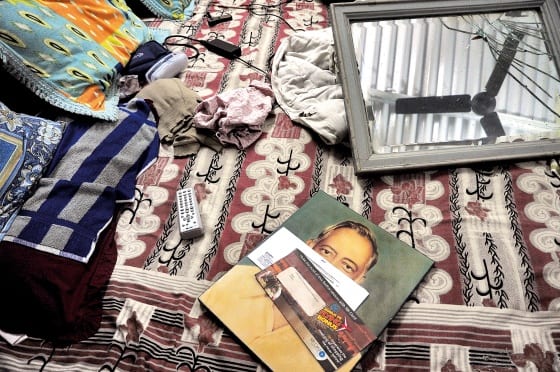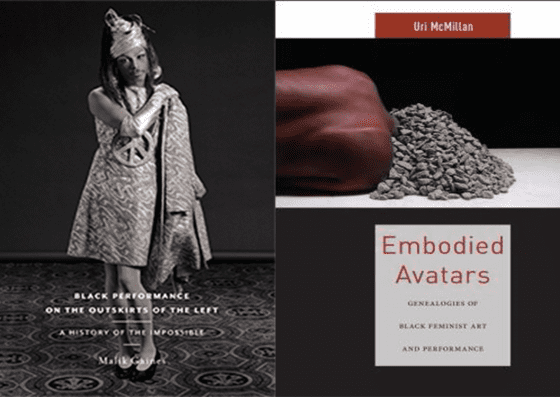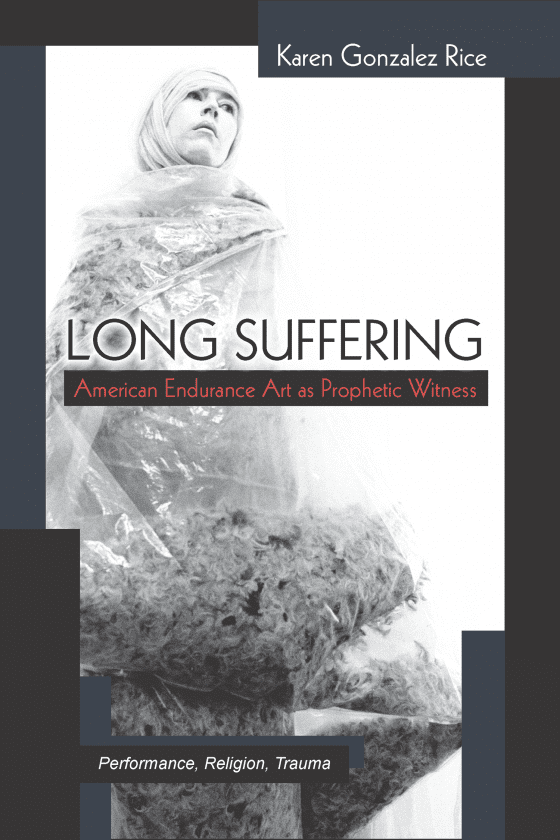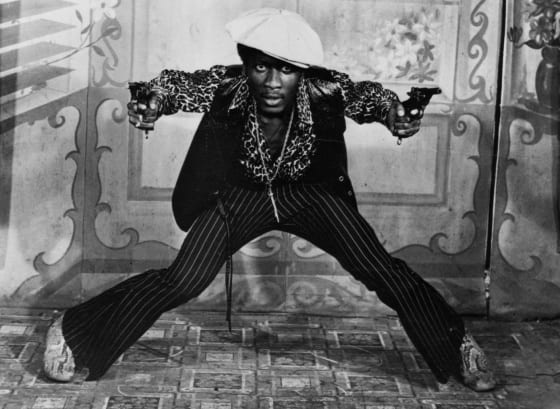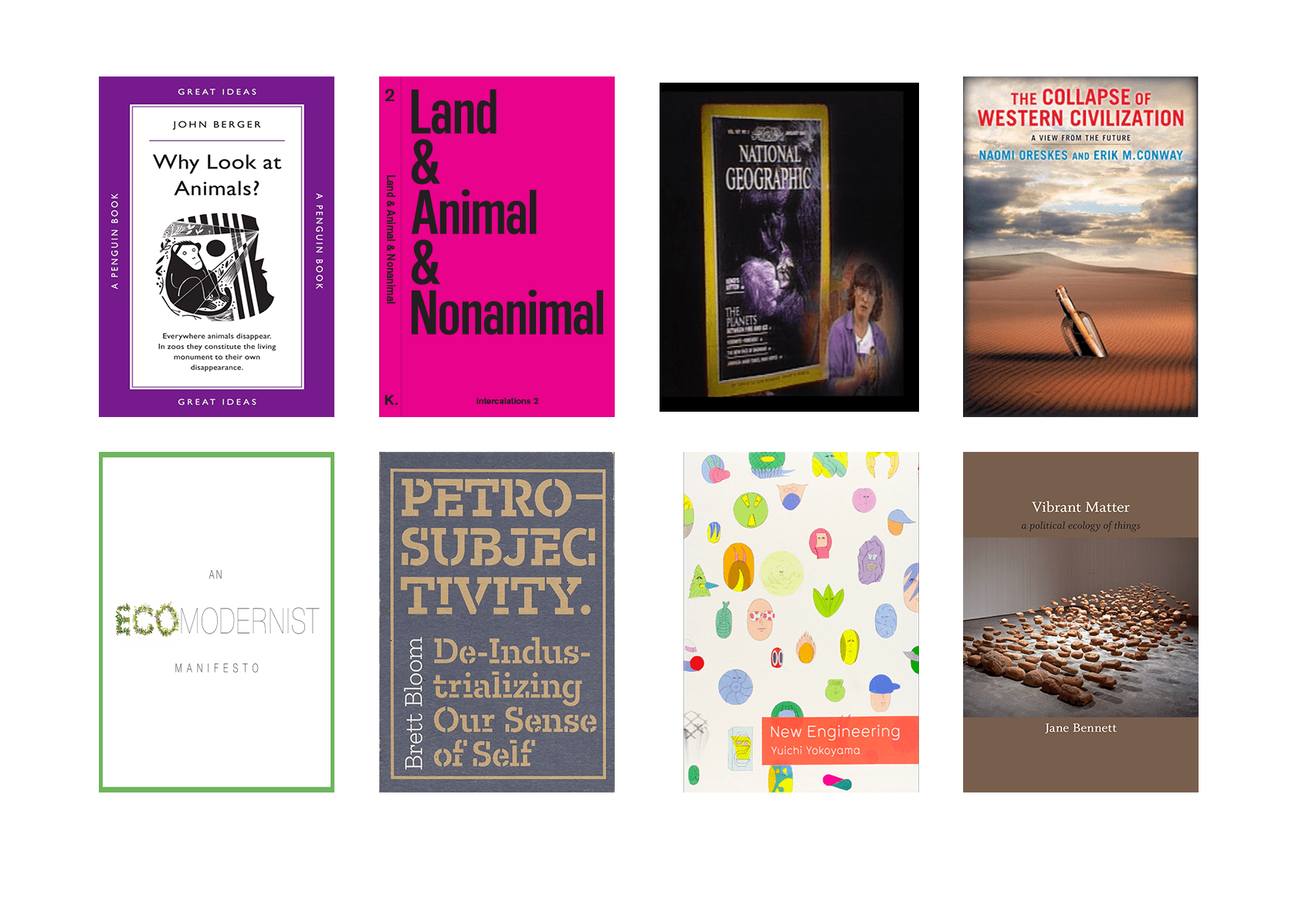María Laura Rosa on how Alicia D’Amico’s images of female desire reflect “dissident and destabilizing identities in the heteronormative visual imaginary” (in English and Spanish)
Category: From Art Journal
Exorcising the Soviet: The Unfolding of Contemporary Artistic Practice in Armenia
Duygu Demir reviews The Political Aesthetics of the Armenian Avant-Garde: The Journey of the “Painterly-Real,” 1987–2004
In Tehran: A Conversation with Iranian Gallerists
This roundtable conversation among Iranian gallerists, available in English and in Persian, explores the politics and particularities of gallery ownership in Tehran
At Home in the World: The FotoFest 2018 Biennial of Indian Photography
Sophia Powers reviews the 2018 exhibition India/Contemporary Photographic and New Media Art, and its accompanying catalogue by the same name
Artful Embodiment: Genealogies of the Impossible
Stephanie Sparling Williams reviews Uri McMillan’s Embodied Avatars: Genealogies of Black Feminist Art and Performance, and Malik Gaines’s Black Performance on the Outskirts of the Left: A History of the Impossible
The Power of Inclusion in Donald Judd’s Art: Observations by an Artist
Gail Hastings executes a close formal reading of Donald Judd’s sculpture Untitled (DSS 33), as well as the “unity that Judd’s space champions in us”
Chickens, Saints, and Corpses: Endurance Art in the United States
Dominic Johnson reviews Long Suffering: American Endurance Art as Prophetic Witness by Karen Gonzalez Rice
“I WAS HERE BUT I DISAPEAR”: Ivanhoe “Rhygin” Martin and Photographic Disappearance in Jamaica
As the latest addition to the Afrotropes series, Krista Thompson reflects on the extensive photographic and cultural legacy of Ivanhoe “Rhygin” Martin and the circulation of images in Jamaica and beyond
Exchange: Geeta Kapur, Saloni Mathur, and Rachel Weiss
Geeta Kapur puts forth a thirteen-part text, “Proposition Avant-Garde: A View from the South,” with critical responses by Saloni Mathur and Rachel Weiss
Health as a Means of Access
Sara Reisman reflects on the ways in which artists and institutions consider (or disregard) how individuals with disabilities access their work
Afrotropes: A User’s Guide
Huey Copeland and Krista Thompson sketch the concept of the afrotrope, a term they have developed over the past decade to describe “those recurrent visual forms that have emerged within and become central to the formation of African diasporic culture and identity”
Naturalcultural Wonders to Anthropocene Disasters: A Bibliography for Possibility Aesthetics
Andrew Yang shares a “transdisciplinary cluster” of works that engage the concept of the Anthropocene. When it comes to climate change, Yang asks, “Which we is responsible, or most at risk? What sorts of people, organisms, and entities does we invite or exclude?”

